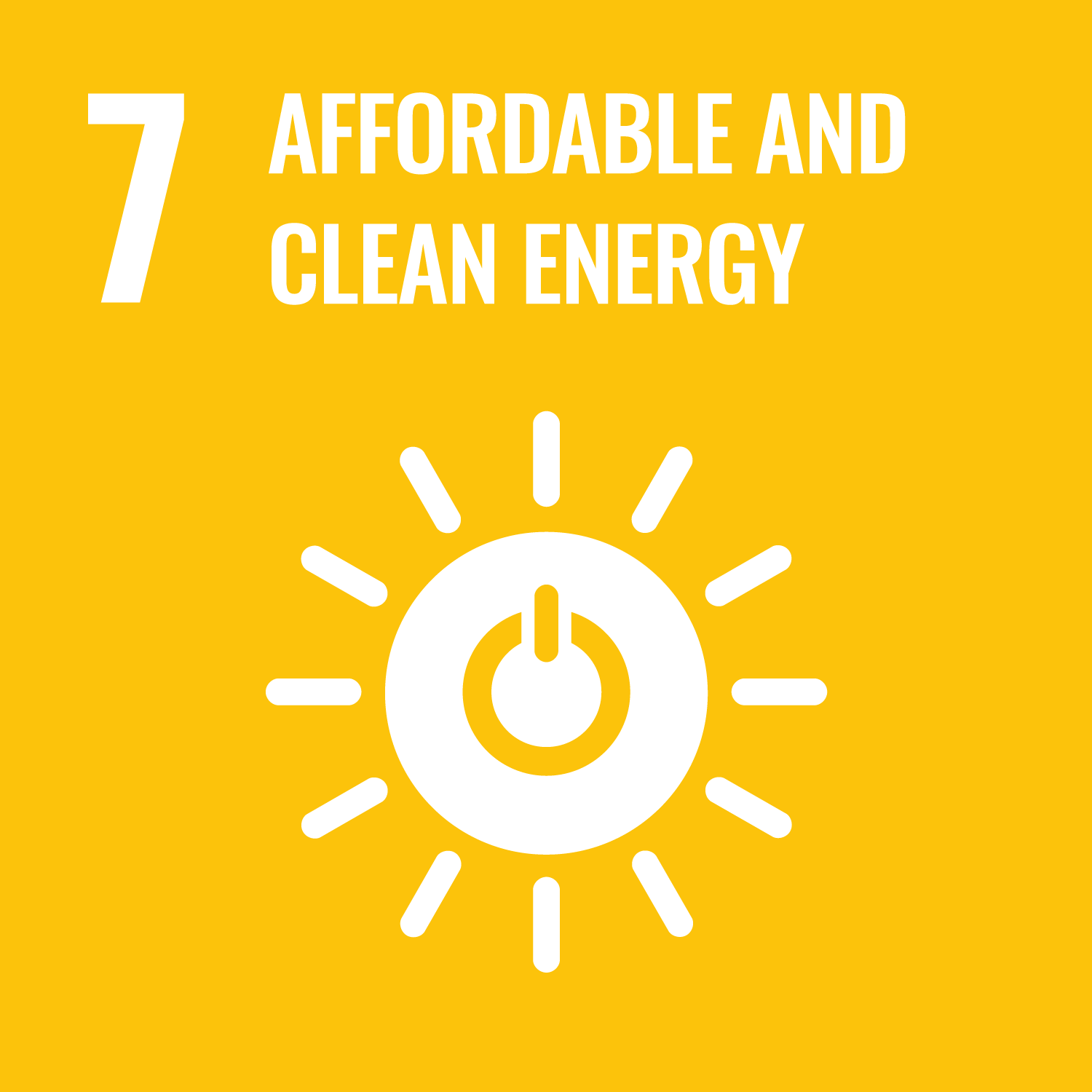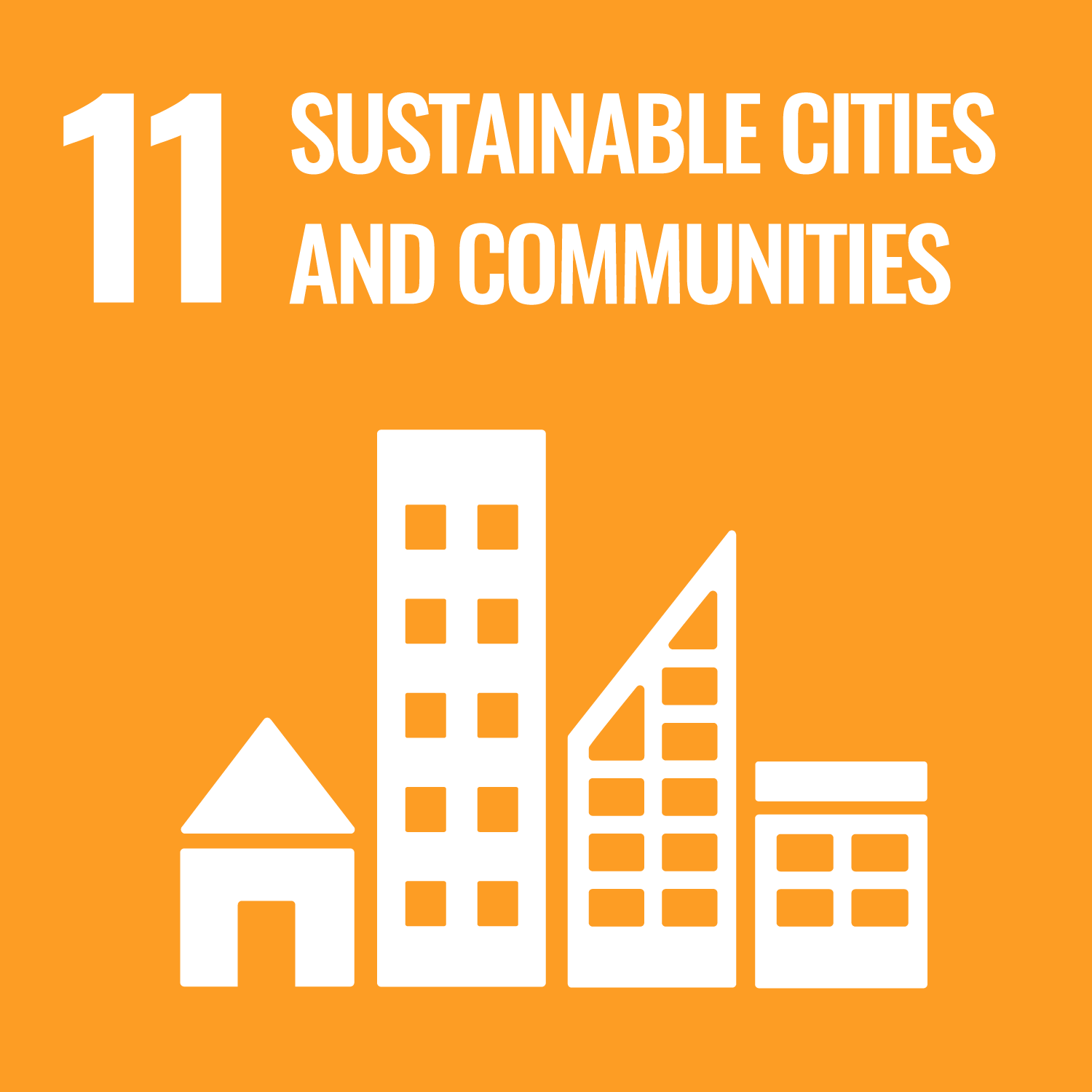ORCID
- Deborah M. Greaves: 0000-0003-3906-9630
Abstract
The offshore wind energy sector has rapidly expanded over the past two decades, providing a renewable energy solution for coastal nations. Sector development has been led in Europe, but is growing globally. Most developments to date have been in well-mixed, i.e., unstratified, shallow-waters near to shore. Sector growth is, for the first time, pushing developments to deep water, into a brand new environment: seasonally stratified shelf seas. Seasonally stratified shelf seas, where water density varies with depth, have a disproportionately key role in primary production, marine ecosystem and biogeochemical cycling. Infrastructure will directly mix stratified shelf seas. The magnitude of this mixing, additional to natural background processes, has yet to be fully quantified. If large enough it may erode shelf sea stratification. Therefore, offshore wind growth may destabilize and fundamentally change shelf sea systems. However, enhanced mixing may also positively impact some marine ecosystems. This paper sets the scene for sector development into this new environment, reviews the potential physical and environmental benefits and impacts of large scale industrialization of seasonally stratified shelf seas and identifies areas where research is required to best utilize, manage, and mitigate environmental change.
DOI Link
Publication Date
2022-03-22
Publication Title
Frontiers in Marine Science
Volume
9
Acceptance Date
2022-01-24
Deposit Date
2022-04-22
Embargo Period
2022-04-23
Recommended Citation
Dorrell, R., Lloyd, C., Lincoln, B., Rippeth, T., Taylor, J., Caulfield, C., Sharples, J., Polton, J., Scannell, B., Greaves, D., Hall, R., & Simpson, J. (2022) 'Anthropogenic Mixing in Seasonally Stratified Shelf Seas by Offshore Wind Farm Infrastructure', Frontiers in Marine Science, 9. Available at: 10.3389/fmars.2022.830927



